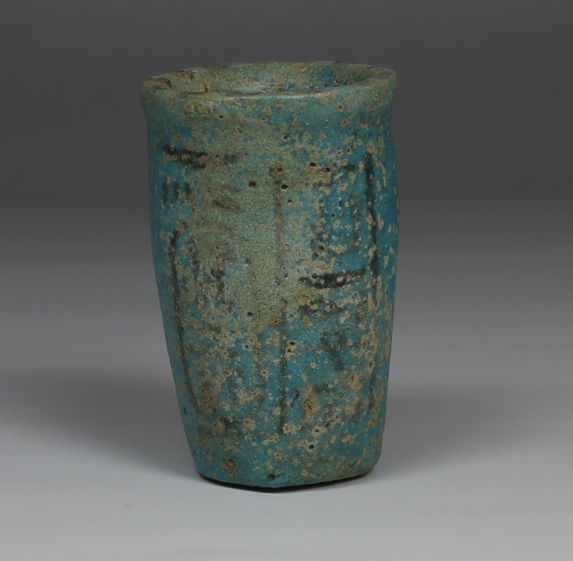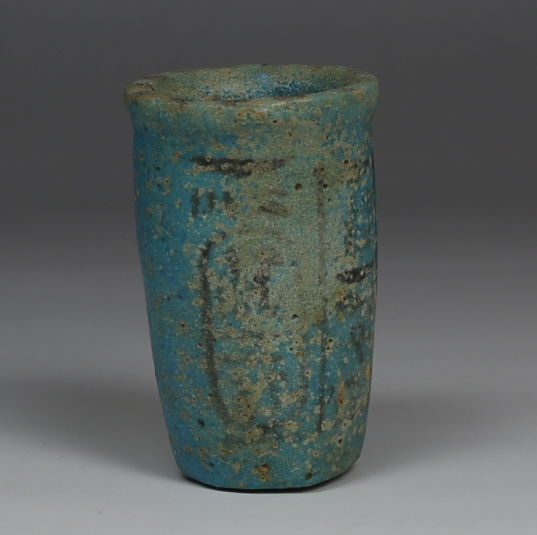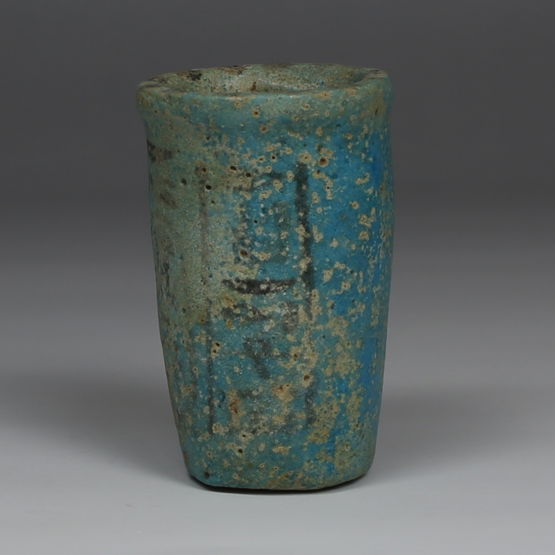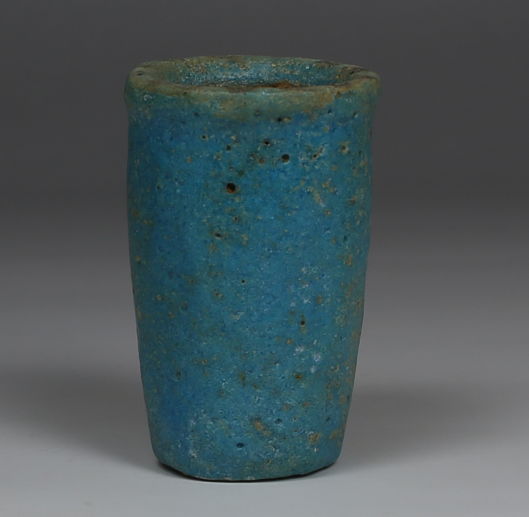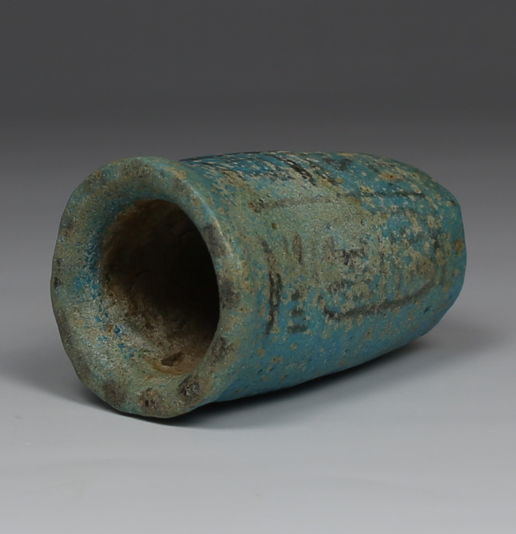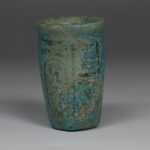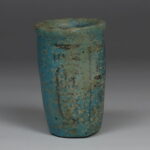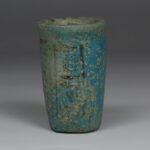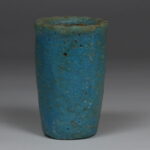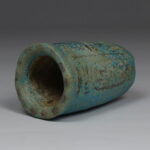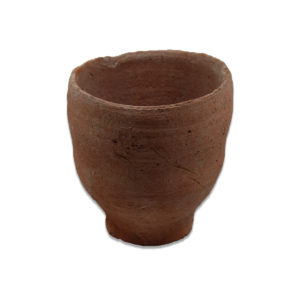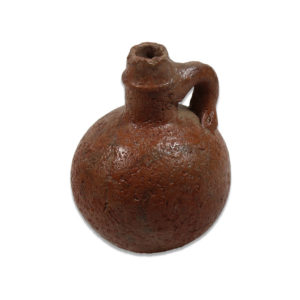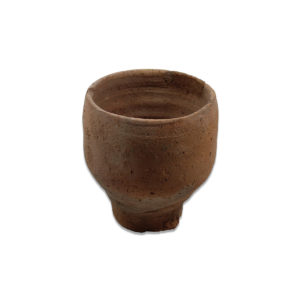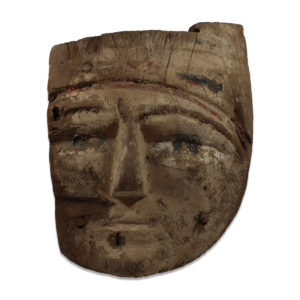Description
| ITEM | Votive / Offering cup (Foundation Deposit) with the cartouche of pharaoh Ramesses III with inscription ‘The lord of crowns, Ramses, ruler of Heliopolis (beloved of) Osiris Lord of Rosetau (Egyptian name for Giza)’ |
| MATERIAL | Faience |
| CULTURE | Egyptian |
| PERIOD | New Kingdom, Reign of Ramses III, 1184 – 1153 B.C |
| DIMENSIONS | 56 mm x 36 mm |
| CONDITION | Good condition |
| PROVENANCE | Ex French private collection, collector and antiques dealer, acquired before the 1990s |
Votive cups, often made from materials like alabaster, faience, or stone, were placed in temples or buried as foundation deposits to invoke divine favor and ensure the protection of a sacred space. The cartouche of Pharaoh Ramesses III, prominently displayed on the cup, signifies his role in commissioning the object, either as an offering to the gods or as a marker of royal authority during the construction of religious structures. Ramesses III, a powerful ruler of the New Kingdom’s 20th Dynasty, was known for his dedication to the gods, and objects like this cup reflect the close relationship between pharaonic power and divine worship.
The inclusion of Ramesses III’s cartouche on this votive cup symbolizes not only his personal devotion to the gods but also his desire to connect his reign with the eternal protection of the divine. The cartouche, an oval-shaped inscription that encircles the pharaoh’s name, served as a powerful symbol of his identity and rule. By placing his cartouche on religious objects like this cup, Ramesses III ensured that his name would be associated with the divine realm, solidifying his legacy both in the eyes of the gods and future generations. Foundation deposits, which often included such votive objects, were typically buried beneath temples or statues to sanctify the construction and guarantee divine favor for the building’s longevity.
These votive cups, along with other foundation deposits, offer valuable insight into the religious practices and material culture of ancient Egypt. They reveal the intricate relationship between rulers, religion, and monumental architecture. The careful crafting of these objects, often bearing inscriptions and royal symbols, reflects the high value placed on ensuring that both the physical and spiritual realms were protected. The votive cup with Ramesses III’s cartouche is a prime example of how pharaohs used art and religious offerings to assert their divine right to rule and their connection to the gods, illustrating the essential role of votive offerings in Egyptian religious and political life.


